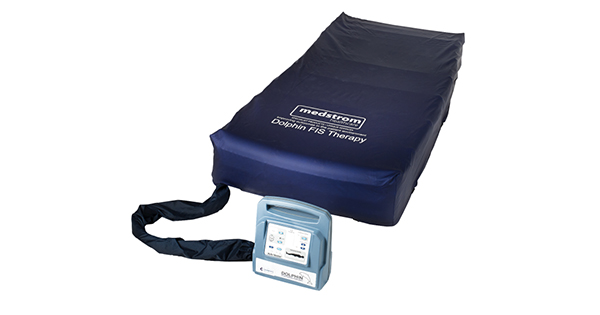The pressure ulcer community often agrees that relatively little is known about the fine detail of our field, for example, we do not have much information about the effectiveness of our inter ventions, and the true risk factors for pressure ulcer development remain elusive.
One area where agreement had generally been reached was in the description of pressure ulcers — for more than 20 years a four stage (or grade) system had been seen as sufficient to describe all forms of pressure ulcer encountered. While the definition of the presumed most superficial form of pressure damage (grade 1) was subject to considerable debate through the 1980s (with eventual consensus upon ‘non-blanchable er ythema’ to define grade 1 damage), the remainder of the classification system (grades 2–4) have remained essentially unchanged since the mid-1970s. However, this accepted wisdom is now being reviewed both in Europe and the United States.






